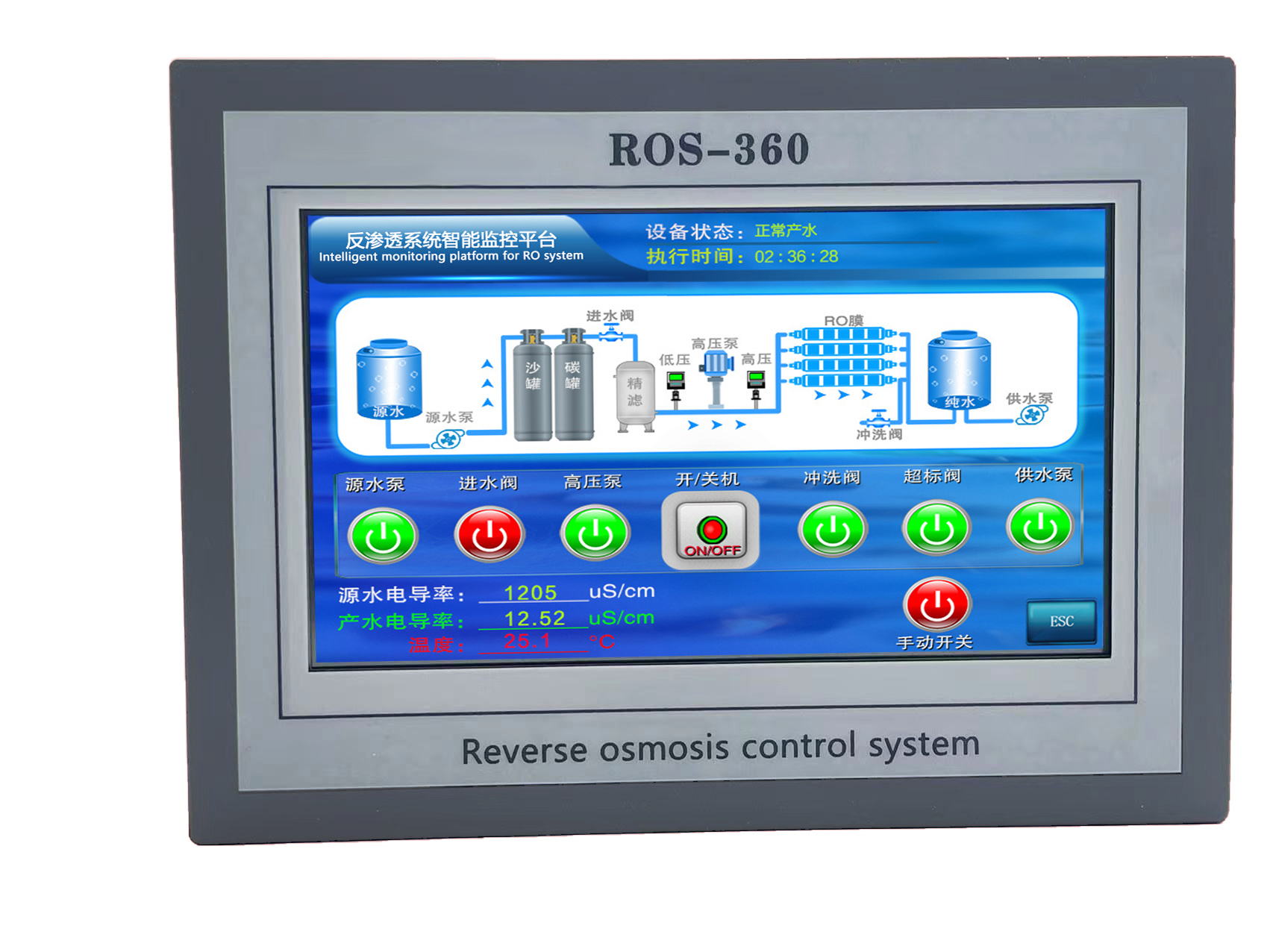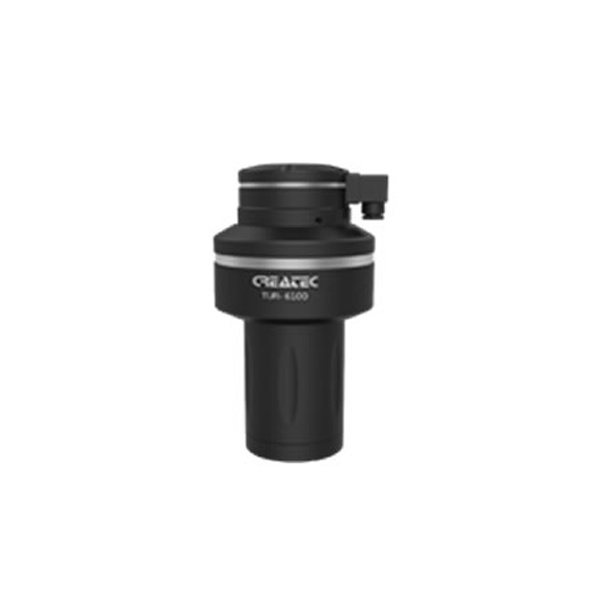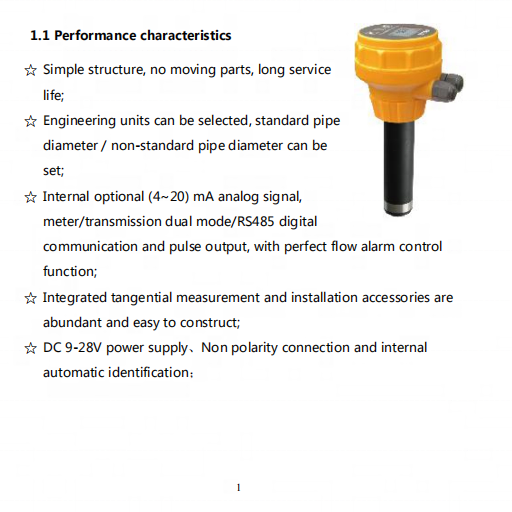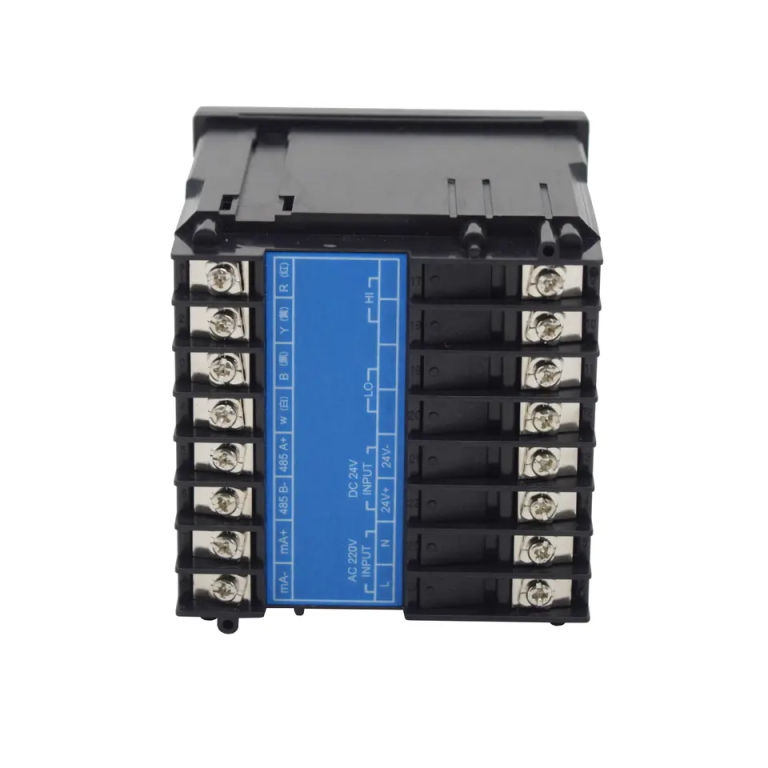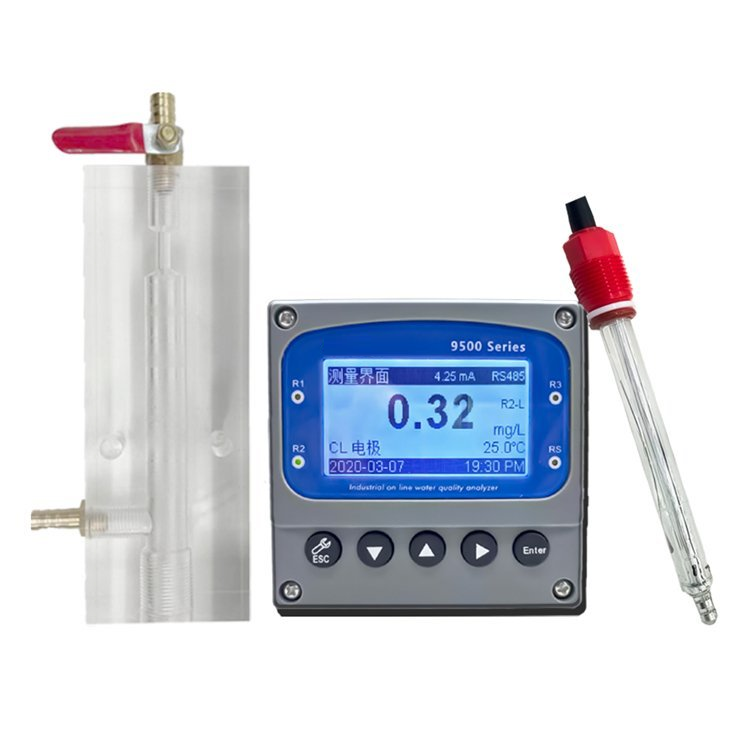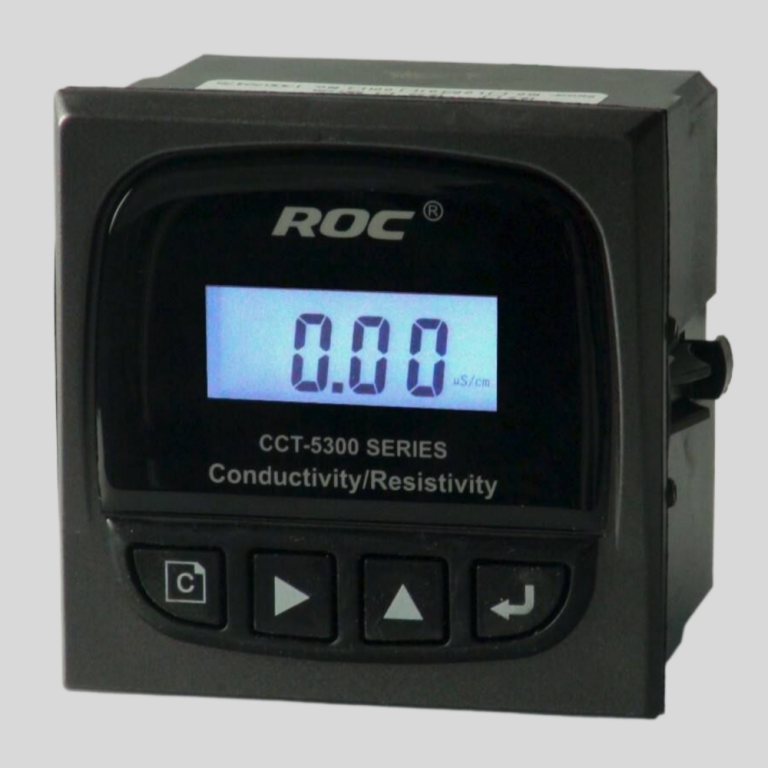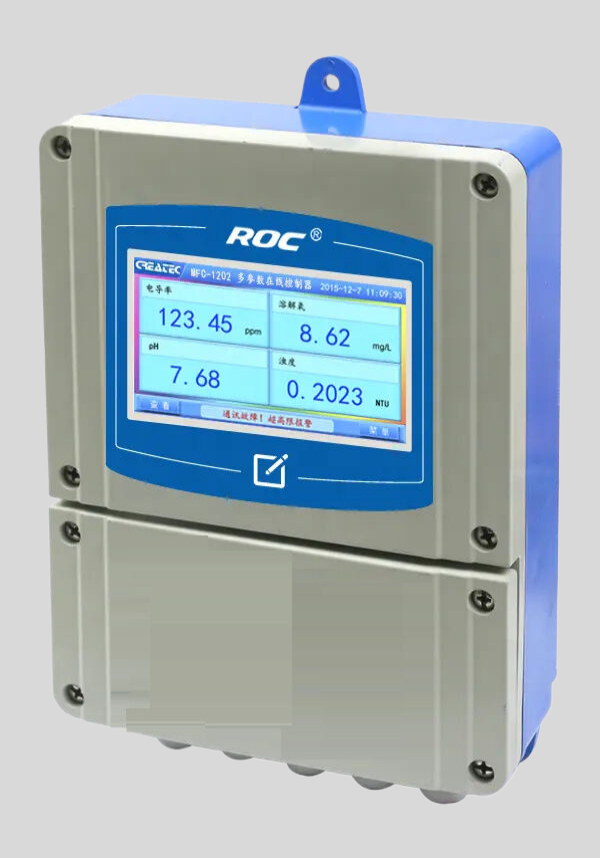Importance of Water Quality Monitoring Units in Ensuring Safe Drinking Water
Water quality monitoring units play a crucial role in ensuring the safety and quality of drinking water. With the increasing concerns over water contamination and pollution, it has become more important than ever to have reliable systems in place to monitor and assess the quality of our water sources. These monitoring units are essential for detecting any potential threats to public health and for taking timely action to address them.
One of the key reasons why water quality monitoring units are so important is that they help to identify and track the presence of harmful contaminants in our water supply. These contaminants can come from a variety of sources, including industrial runoff, agricultural pesticides, and even natural sources such as algae blooms. By regularly monitoring the water quality, these units can detect the presence of contaminants before they reach dangerous levels and pose a threat to public health.
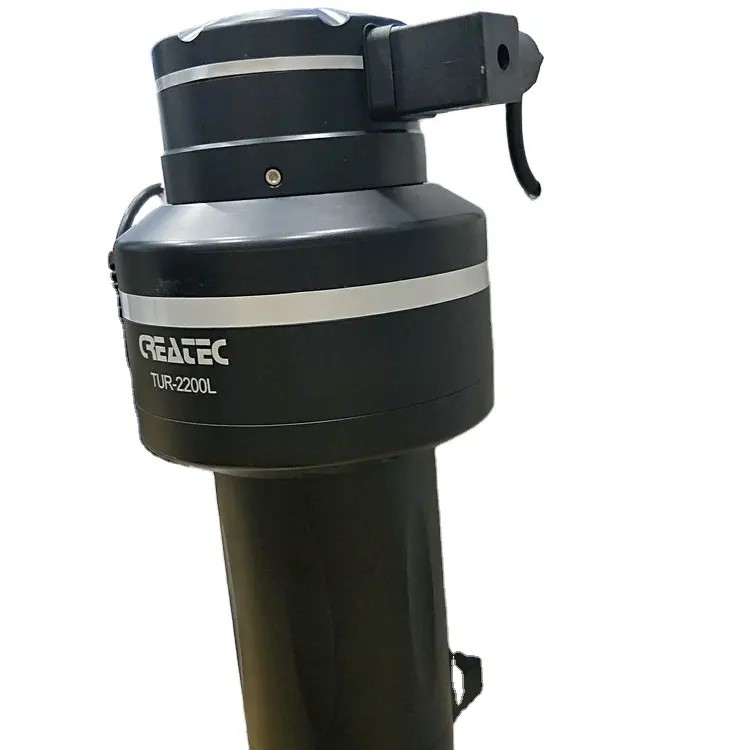
In addition to detecting contaminants, water quality monitoring units also play a crucial role in ensuring that water treatment facilities are operating effectively. These units can provide real-time data on the quality of the water entering and leaving treatment plants, allowing operators to make adjustments as needed to ensure that the water meets safety standards. This proactive approach helps to prevent potential issues with water quality before they become a problem.
| Model | CIT-8800 Inductive Conductivity/Concentration Oline Controller |
| Concentration | 1.NaOH:(0~15)% or(25~50)%; 2.HNO3:(0~25)% or(36~82)%; 3.User-defined concentration curves |
| Conductivity | (500~2,000,000)uS/cm |
| TDS | (250~1,000,000)ppm |
| Temp. | (0~120)°C |
| Resolution | Conductivity: 0.01uS/cm; Concentration: 0.01%; TDS:0.01ppm, Temp.: 0.1℃ |
| Accuracy | Conductivity: (500~1000)uS/cm +/-10uS/cm; (1~2000)mS/cm+/-1.0% |
| TDS: 1.5 level, Temp.: +/-0.5℃ | |
| Temp. compensation | Range: (0~120)°C; element: Pt1000 |
| Communication port | RS485.Modbus RTU protocol |
| Analog output | Two channels isolated/ transportable (4-20)mA, Instrument / Transmitter for selection |
| Control Output | Triple channels semiconductor photoelectric switch, Programmable Switch, pulse and frequency |
| Working Environment | Temp.(0~50)℃; relative humidity <95%RH (non-condensing) |
| Storage Environment | Temp.(-20~60)℃;Relative Humidity ≤85%RH (none condensation) |
| Power Supply | DC 24V+15% |
| Protection Level | IP65 (with rear cover) |
| Dimension | 96mmx96mmx94mm(HxWxD) |
| Hole Size | 9lmmx91mm(HxW) |
Furthermore, water quality monitoring units are essential for tracking changes in water quality over time. By collecting data on a regular basis, these units can identify trends and patterns in water quality that may indicate a larger issue at hand. For example, a sudden increase in levels of a particular contaminant could signal a leak or spill in the area that needs to be addressed immediately. By monitoring water quality consistently, these units can help to prevent potential disasters and protect public health.
Another important aspect of water quality monitoring units is their role in ensuring compliance with regulatory standards. Many countries have strict regulations in place to protect the quality of drinking water, and water quality monitoring units are essential for ensuring that these standards are met. By providing accurate and reliable data on water quality, these units help water authorities to demonstrate compliance with regulations and avoid potential fines or penalties.
| Model | EC-810 Conductivity/resistivity controller |
| Range | 0-200/2000/4000/10000uS/cm |
| 0-20/200mS/cm 0-18.25MΩ | |
| Accuracy | Conductivity:1.5%; Resistivity:2.0%(FS) |
| Temp. Comp. | Automatic temperature compensation based on 25℃ |
| Oper. Temp. | Normal 0~50℃; High temp 0~120℃ |
| Sensor | 0.01/0.02/0.1/1.0/10.0cm-1 |
| Display | LCD Screen |
| Current Output | 4-20mA output/2-10V/1-5V |
| Output | High/Low limit dual relay control |
| Power | AC 220V±10% 50/60Hz or AC 110V±10% 50/60Hz or DC24V/0.5A |
| Working Environment | Ambient temperature:0~50℃ |
| Relative humidity≤85% | |
| Dimensions | 96×96×100mm(H×W×L) |
| Hole Size | 92×92mm(H×W) |
| Installation Mode | Embedded |
Overall, water quality monitoring units are essential for ensuring the safety and quality of our drinking water. By detecting contaminants, ensuring effective water treatment, tracking changes over time, and ensuring compliance with regulations, these units play a crucial role in protecting public health. As concerns over water contamination continue to grow, the importance of these monitoring units cannot be overstated. It is essential that we continue to invest in and prioritize water quality monitoring to ensure that everyone has access to safe and clean drinking water.
